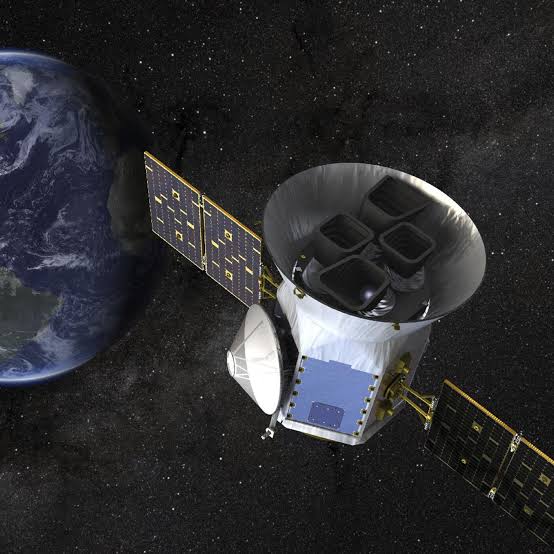 Image Source: Sputnik India
Image Source: Sputnik India
The Indian Space Research Organisation (ISRO) has announced that it performed 122 Collision Avoidance Manoeuvres (CAM) for its Earth-orbiting satellites in the past 14 years. The feat, highlighted in ISRO's latest Space Situational Assessment Report, indicates the organisation's ongoing efforts toward safeguarding its space assets amid increasing orbital congestion.
ISRO announced that it scans for possible close calls between Indian satellites and other space objects on a regular basis. In case of a critical threat, CAMs are performed to avoid possible collisions and facilitate smooth satellite operations. The agency screened more than 53,000 US Space Command's Combined Space Operations Center alerts and made use of sophisticated flight dynamics data for accurate threat assessment.
From 2010 through 2024, ISRO's CAMs reached a high of 23 manoeuvres in 2022–2023 and 10 in 2023–2024. The recent reduction in CAMs is due to better analysis techniques, such as increased conjunction screening and better orbital prediction, which have resulted in some collision hazards being avoided by routine orbit maintenance rather than discrete avoidance manoeuvres.
India had launched 136 spacecraft in Earth orbit as of December 2024, including those of private and educational institutions. The government had 22 satellites in Low Earth Orbit and 31 in Geosynchronous Earth Orbit. India's deep space missions—Chandrayaan-2 Orbiter and Aditya-L1—are operational, while the propulsion module of Chandrayaan-3 continues to function in a high Earth orbit following its lunar mission.
ISRO also reported that 34 Indian rocket bodies and 31 satellites re-entered Earth's atmosphere as of the end of 2024, with nine satellites and five rocket bodies re-entering in 2024 alone. Interestingly, Cartosat-2 satellite re-entered on February 14, 2024.
Source: India TV News
Advertisement
Advertisement





